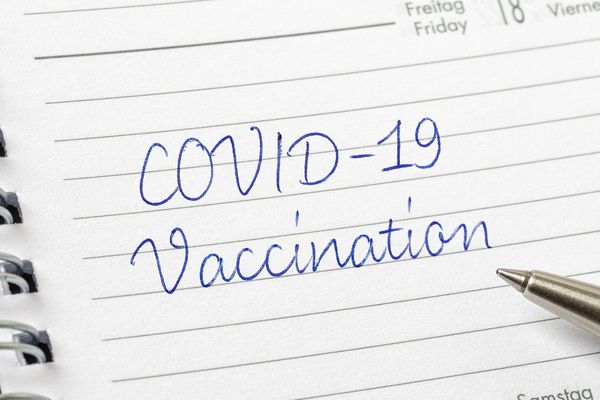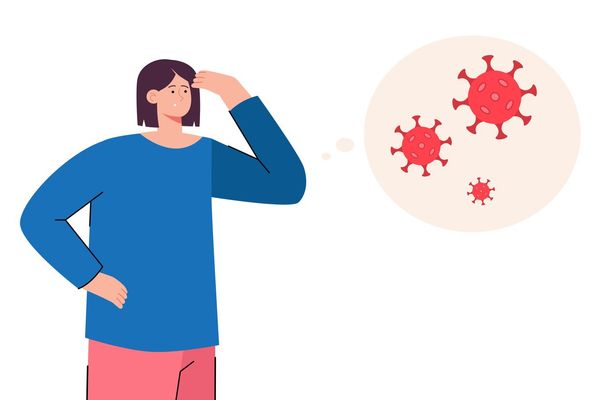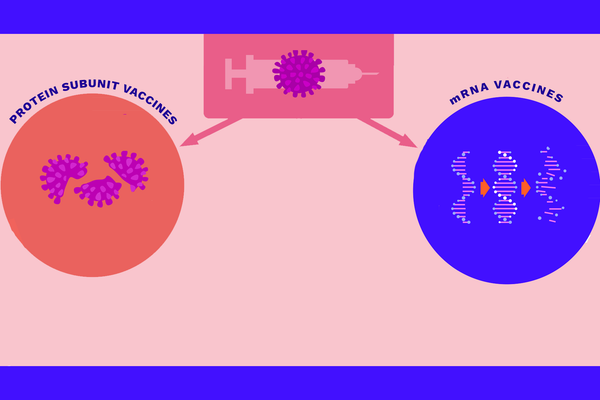Who could have imagined just a year ago how our lives would change because of a virus? Thanks to COVID-19, millions of women have lost their jobs and their health insurance; millions more are trying to juggle work with homeschooling their children; and rates of depression, domestic abuse, homelessness and food insecurity are soaring. There has never been anything in our lifetime that has affected women as much as the pandemic.
In early June, HealthyWomen conducted an online survey to get a snapshot of how the pandemic was affecting women's mental and physical health. About 3,000 women — white, Black/African American (AA), Hispanic/Latino and Asian — from throughout the United States responded. Many told us they were tired, lonely and depressed. They felt stressed and frustrated. They were having problems sleeping and experiencing general anxiety and boredom. They were worried about numerous things, in particular their physical health, money, access to food and their mental health.
Feeling anxiety or stress is not only uncomfortable but can also adversely affect your physical and mental health. Indeed, in May the United Nations declared that the coronavirus pandemic "has the seeds of a major mental health crisis." And our study found that as many as one in five respondents worried about their mental health since their local community or state implemented social distancing measures.
Changes in income, job
The pandemic has devastated the U.S. economy. By early June, when our survey was conducted, the nation's unemployment rate was 13%, with rates as high as 20% or more in some areas of the country.
Thirty-one percent of our respondents reported a negative change in their employment status or a reduction in income since the start of the pandemic. Six percent of all women were permanently laid off; 10% were temporarily laid off/furloughed; and 11% had had their hours cut.
Health care during the pandemic
When the pandemic hit, most states limited in-person medical interactions, including elective surgeries and routine health care, to preserve hospital capacity and equipment for COVID-19 cases.
In our survey, about one-third of women sought care for a physical issue other than COVID-19, while 8% reported they needed mental health services. About half (53%) said it was easy to receive care and/or advice, while 26% reported difficulties finding care. This is similar to findings from the U.S. Census, which found that, as of July 16, 2020, about one of three adults (32%) in the United States said they needed medical care for something unrelated to COVID-19 but did not get it.
In our survey, this inability to find care was heightened in the Black/AA community. Black/AA women were much more likely to report difficulty finding care (35%) compared to both white and Hispanic/Latino women (22% and 27% respectively).
Telehealth
Half of our respondents who were able to receive care did so through telehealth, defined in our survey as health care delivered through phone calls, video conferencing, chat, texts or a health care portal. While virtual medical visits were gaining ground before the pandemic, particularly in underserved and rural areas, its growth was stymied by a lack of insurance reimbursement and the challenges of implementing such systems in health care organizations.
Our survey found that approximately one in four women had used telehealth for themselves or their families prior to COVID-19. Among those, Black/AA and Hispanic/Latino women used telehealth at the highest rates (33% and 42% respectively). Forty-two percent of overall respondents said they were likely or extremely likely to make a telehealth appointment within the next six months. That number rose to almost half for Black/AA and Hispanic/Latino women.
COVID-19 care
Eleven percent of participants said they needed to seek care for potential COVID-19 symptoms during their state's quarantine. However, that figure was substantially higher in the Black/AA and Hispanic/Latino communities, with 19% of Black/AA and 22% of Hispanic/Latino participants who scheduled an appointment during the pandemic seeking care for potential COVID-19 symptoms.
An overview of the pandemic
Our survey provided a snapshot in time of the issues women were facing in early summer related to COVID-19. As with everything with this pandemic, many questions remain unanswered as we near its one-year mark. Nonetheless, the information in the HealthyWomen survey provides a starting point for the important discussions policymakers need to have as we move forward with the new normal.
Finding help
Our survey wasn't designed to provide answers to the challenges women are experiencing in the face of the pandemic, but there is help available. The Centers for Disease Control and Prevention, the Substance Abuse and Mental Health Services Administration, the Health and Human Services agency and the American Psychiatric Association, among others, offer resources, hotlines and referral services. Many large employers also provide employee assistance programs.
This resource was created with support from Astellas and The Pfizer Foundation.







